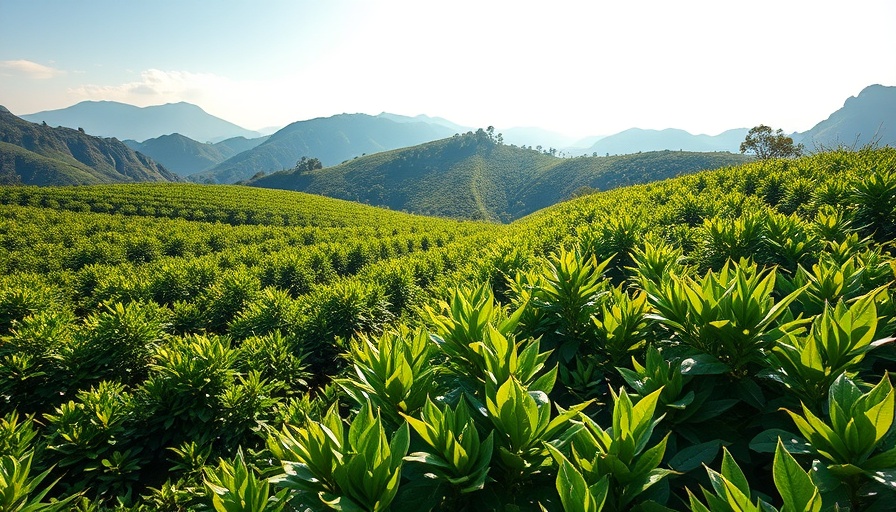
Revolutionizing Coffee Cultivation Through Technology
In the vast landscapes of coffee-growing regions, where flavor and aroma rely heavily on healthy plants, the invisible battle against the coffee berry borer (CBB) is now entering a new phase. Australian researchers recently unveiled a cutting-edge imaging solution designed to empower farmers in detecting CBB infestations early—before they wreak havoc on crops.
Understanding the Coffee Berry Borer Threat
The coffee berry borer, a microscopic enemy of coffee producers, has earned its reputation as one of the most destructive agricultural pests, racking up losses that hit around $1 billion in 2023. Native to Africa, the pest proliferates in regions like South America and Indonesia, presenting challenges not only due to its reproduction rates but also due to exacerbating factors such as climate change. This tiny beetle (Hypothenemus hampei) becomes a significant threat, particularly when bug-eating birds decline, allowing its populations to thrive unchecked.
A Breakthrough Imaging Solution
Leveraging the collaboration of agricultural scientists, the new detection method harnesses sophisticated imaging software that focuses on the debris left behind by CBB—the telltale signs commonly referred to as frass. “When you drill into wood, the resulting wood particles gather outside the hole. In a similar fashion, when borer beetles invade coffee berries, they leave behind significant amounts of frass,” explained study author David Cook from Edith Cowan University. This debris is easier to recognize than the beetles themselves, providing a pivotal breakthrough in pest management.
Drone Technology at the Forefront
With farmers increasingly utilizing drone technology, this system presents a low-cost, rapid-response way to monitor coffee fields. Equipped with cameras and connected to this innovative software, drones can scan planted areas and flag regions with signs of infestation. Not only does this technique offer insights for immediate intervention, but it collectively enhances farmers' decision-making process regarding crop health.
Expanding the Application Beyond Coffee
The implications of this technology are encouraging, suggesting potential applications in various agricultural crops beyond coffee. As Chris Napier, a master’s student involved in the project, states, the software could be adapted for numerous plants requiring meticulous monitoring. “It could be particularly beneficial in crops where multiple bunches cluster, such as grapes,” Napier emphasized.
Future Directions in Pest Management
While advancements in imaging technology hold promise for coffee production, alternative pest control methods are being researched globally. For instance, Hawaiian agricultural specialists are introducing bug-eating wasps and exploring non-chemical strategic picking as sustainable management practices. Combining technology with innovative pest control strategies could herald a new chapter in protecting coffee crops and maintaining quality.
In an industry that values high-quality products—from the best specialty coffee shops near you to gourmet coffee experiences—harnessing the potential of technology like this is critical. Not only does it affect the supply chain, but it ultimately impacts the very coffee experiences we cherish.
 Add Row
Add Row  Add
Add 




Write A Comment